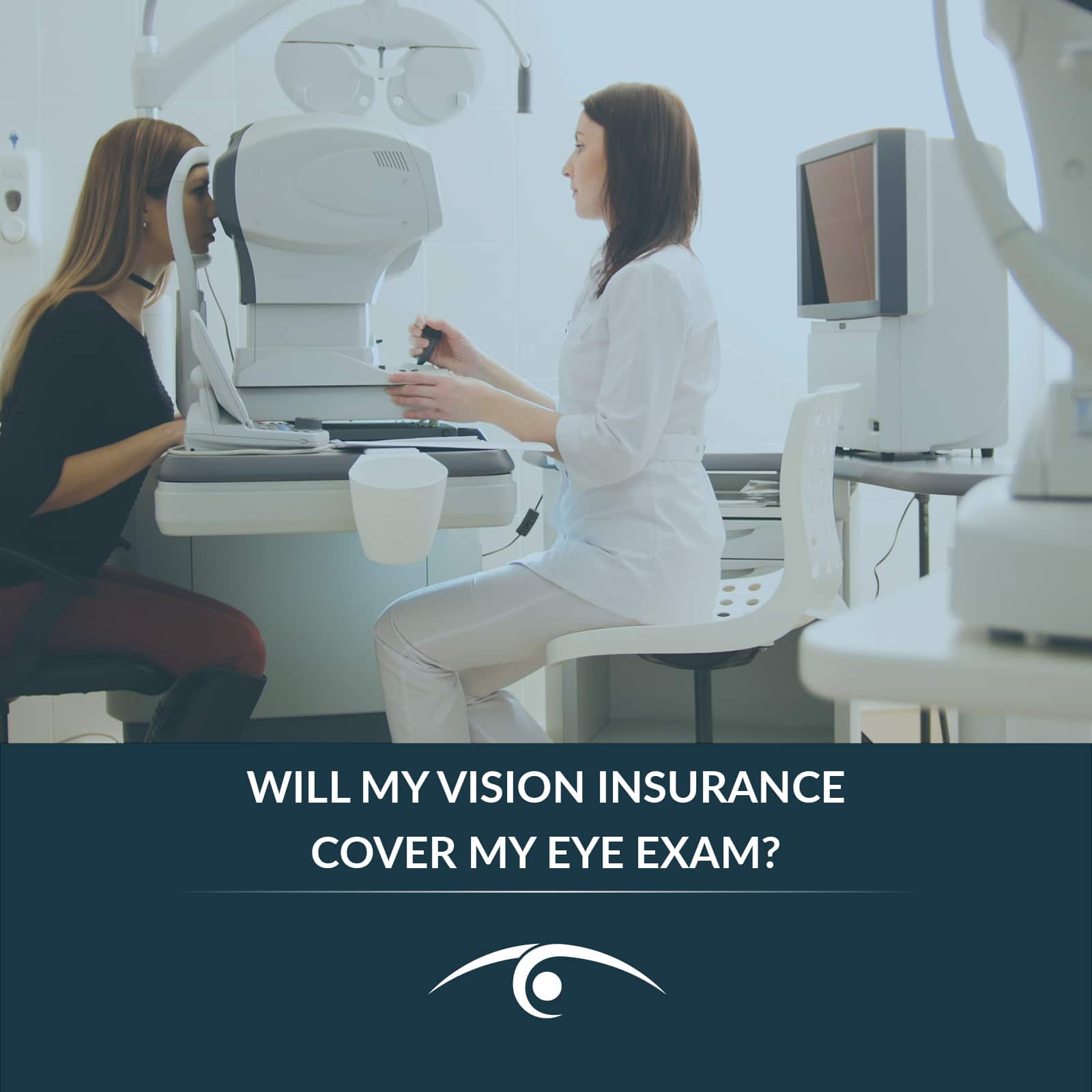 At Takle Eye Group we understand that insurance coverage can be confusing. One concern of particular importance to the patients of Takle Eye Group is the difference between a Medical Eye Exam and Vision Plan/routine eye exam. Of course, coverage options vary per patient, but we hope this blog and future information published on our website will help clear up the difference between the two.
At Takle Eye Group we understand that insurance coverage can be confusing. One concern of particular importance to the patients of Takle Eye Group is the difference between a Medical Eye Exam and Vision Plan/routine eye exam. Of course, coverage options vary per patient, but we hope this blog and future information published on our website will help clear up the difference between the two.
It is recommended that you have your eyes examined every one to two years depending on your age. A Routine Eye Exam through a Vision Plan is usually performed by an optometrist as it is usually used as a screening exam. A Medical Eye Exam is usually performed by an ophthalmologist (an eye doctor who is also an M.D.) but can also be performed by a optometrist (an eye specialist with a Doctor of Optometry degree, but who is not a medical doctor).
Vision Plan/Routine Eye Exams generally include the following:
- Distance vision test, using a chart with letters that decrease in size
- Eye movement test, as your eyes follow a small light from one side to the other
- Refraction test, using various lenses
- Color blindness test, using cards that have colored dot patterns
- Slit-lamp examination, which provides a magnified view of the eye for better inspection
- Eye pressure test, to screen for glaucoma
- Dilated exam, using drops to dilate the pupils in order to examine the inside of your eyes
- Vision Plan/Routine Eye Exams do not cover further specific testing as that follows under Medical examinations.
In addition to the Routine Eye Exam, such factors as age, health, pre-existing medical problem, and family history may require a Medical Eye Exam. The Medical Eye Exam is typically performed by an ophthalmologist (an eye doctor and medical doctor) but can also be performed by an optometrist. Typically, Medical Eye Exams are covered under medical insurance and not vision plan insurance because of the need for testing which is usually not covered under a Routine Eye exam/Vision Plan, and the costs for Medical Eye Exams are typically higher than Vision Plan/Routine Eye Exams and include higher copays. Reasons that one may need a Medical Eye Exam include:
- Ocular Hypertension/Glaucoma
- Diabetes or diabetic retinopathy
- Cataracts (Blurry Vision)
- Conjunctivitis or pink eye
- Floaters
- Other eye disease or condition
The providers at Takle Eye Group perform both Medical Eye Exams and Routine Eye Exams, so it is extremely important for patients to call both their vision and medical insurance providers to check coverage before their appointments. While the office staff does their best to answer any patient questions, it is the patient’s responsibility to be familiar with the details of their plan coverage.
The providers and staff at Takle Eye Group are here to provide the best comprehensive medical eye care available. Because when it comes to your vision, why settle for anything less?




